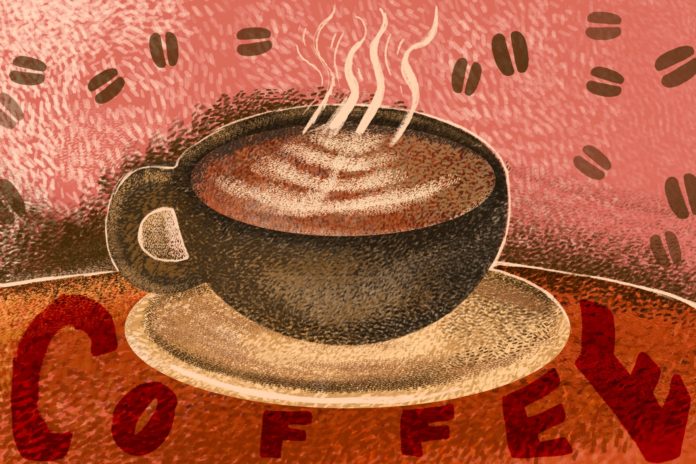A Carleton University graduate and the team at a local Ottawa coffee shop have teamed up to research ways to offset the environmental impact of coffee beans.
Ottawa’s coffee scene has experienced an explosion of local, small-scale roasteries in recent years. Accompanying them is a largely unaddressed environmental cost: the excessive waste that is a byproduct of producing the perfect bean.
From the cherry it comes encased in, to the grinds it is reduced to, the lifecycle of the coffee bean is a wasteful one.
Enter Kim McDonald and the team at Happy Goat Coffee Company. McDonald, a recent graduate of Carleton’s master’s of chemistry program, worked side by side with the staff at Happy Goat to research the possible uses for a specific wasteful byproduct known as silverskin.
Silverskin is one of the several layers that encases the coffee bean when it is still in the form of the cherry fruit found on a coffee plant. It sits close to the natural green bean and only detaches when the beans are roasted at high temperatures.
Once detached, it is thrown away and joins the other byproducts of the coffee-making process, such as coffee grounds, in the waste bin.
“On average from the whole coffee cherry, what ends in a cup of coffee is only about three to four per cent [of the original cherry], and the rest has disappeared somewhere,” said Hans-Juergen Langenbahn, head coffee roaster at Happy Goat.
McDonald explained that when silverskin is roasted, it accumulates potentially toxic chemicals known as phytosterol oxidized products (POPs). The longer it’s roasted, the more POPs silverskin produces.
The primary goal of their research was to assess the level of POPs produced by silverskin roasting and determine if creating a food-safe product could be possible using the silverskin.
“Those toxic chemicals seem to be producing in a manner that we can take advantage of,” McDonald said. “If we take the silverskin within, say, the first four minutes of the roast, then we can use that silverskin and it won’t be toxic.”
McDonald and Langenbahn both said they were very excited by the prospect of a safe, new use for this byproduct.
McDonald explained that silverskin not only contains high levels of antioxidants, but it also appears to have a similar caffeine content to that of coffee beans.
“I’m fairly confident that this will move forward and become a product, whether it’s something that they mix in and make like flour for baking or a granola bar or even steep it into a tea,” she said.
David Miller is co-supervisor of McDonald’s internship and a distinguished research professor in Carleton’s department of chemistry. He just finished writing up the report based upon their research that confirms silverskin to be safe for use.
This report will also serve as a peer-published, peer-reviewed scientific paper to be referred to for further research in this field.
Langenbahn, who received the report from Miller on Mar. 10, is eager to get to work in the kitchen, experimenting to find the perfect recipe that will take silverskin out of the waste bin and onto store shelves.
“It will take a little while because it has to be a tasty product that needs to be approved by Health Canada,” Langenbahn said. “But the first step is done.”
This opportunity for collaboration between McDonald and Happy Goat is part of a federal-provincial program called the Mitacs Accelerate internship.
Miller said the internship is an opportunity for graduate students and postdoctoral fellows to gain industry experience while solving an issue of scientific proportions brought forward by a company.
The company contributes half the cost of the four-month program and Mitacs, a national not-for-profit organization, covers the other half.
While they await the results of their research, McDonald has moved to Vancouver to begin work as an environmental scientist at Golder, an environmental consulting firm. Meanwhile, Langenbahn is continuing to work towards producing a zero-waste coffee.
Featured graphic by Sara Mizannojehdehi.






